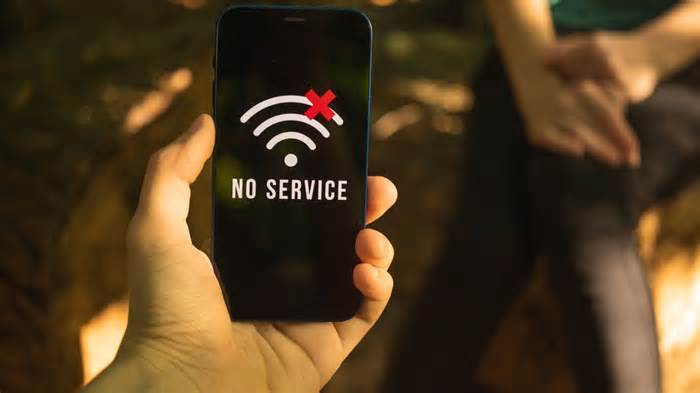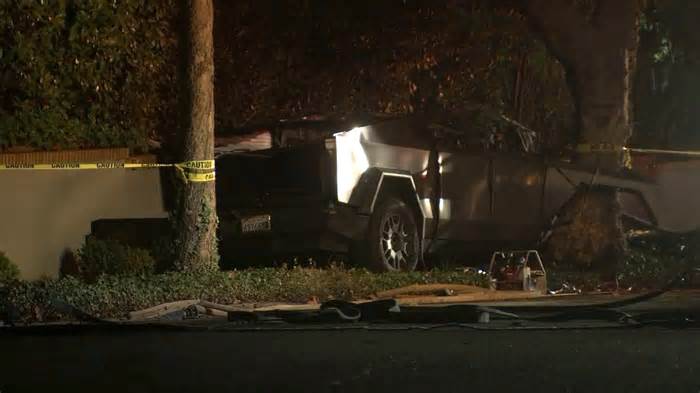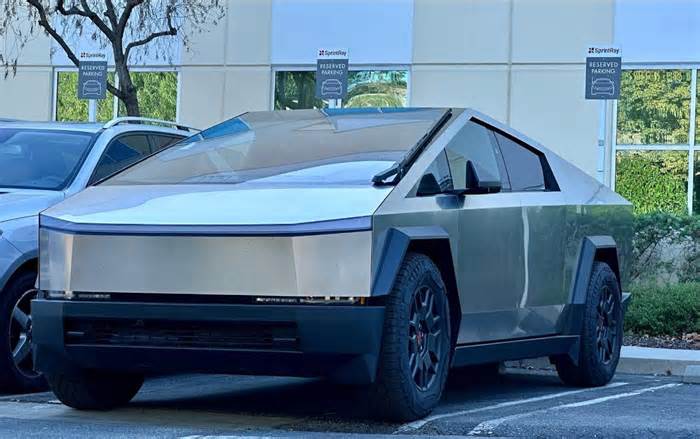
The end of ‘dead zones’? Starlink’s direct-to-cell satellite service passes big milestone
- by TechRadar
- Nov 28, 2024
- 0 Comments
- 0 Likes Flag 0 Of 5

Starlink first tested this satellite solution back in January 2024, just after the initial satellites were launched by SpaceX.
Ben Longmier, Senior Director of Satellite Engineering at SpaceX, further observed that: “Any telco that signs up with Starlink Direct to Cell can completely eliminate cellular dead zones for their entire country for text and data services.”
Get the best Black Friday deals direct to your inbox, plus news, reviews, and more.
Sign up to be the first to know about unmissable Black Friday deals on top tech, plus get all your favorite TechRadar content.
Contact me with news and offers from other Future brands
Receive email from us on behalf of our trusted partners or sponsors
By submitting your information you agree to the Terms & Conditions and Privacy Policy and are aged 16 or over.
Initially, just basic text capabilities are going to be provided, and support for data or voice isn’t expected to debut until next year.
Analysis: First texts – then video chats?
(Image credit: Future)
Bringing cellular (and internet) coverage to remote areas where there’s no phone signal at all is a challenging problem, so it’s good to see what appears to be a viable solution moving forward to be commercially deployed.
While, as noted, this direct-to-cell satellite system can deliver text and internet services in areas not served by terrestrial cellular coverage, there’s some controversy as to where to draw the line in terms of extending this mission to facilitate real-time voice or even video calls.
Obviously, that’s ramping up the stakes bandwidth-wise, and The Verge notes that this would mean SpaceX going above current power flux-density limits – which mobile operators (AT&T and Verizon) in the US are concerned could interfere with their existing network coverage.
Meanwhile, in a similar vein on the other side of the Atlantic, there’s been a collaboration between Deutsche Telekom, Qualcomm, and Skylo, combining a mobile operator’s cellular network (Deutsche Telekom) with a satellite network (Skylo) and sending a text this way – for the first time ever in Europe (using a Qualcomm Snapdragon 5G modem).
Phone Arena noticed this development and informs us that it’s just a proof-of-concept at this point, but it’s a solid step forward towards commercializing the same kind of satellite service for remote areas in Europe. The report points out another challenge, aside from providing enough bandwidth for heavier duty services like voice or video – namely the weather and its interference with satellite coverage.
You might also like...
Please first to comment
Related Post
Stay Connected
Tweets by elonmuskTo get the latest tweets please make sure you are logged in on X on this browser.
Sponsored
Popular Post
Middle-Aged Dentist Bought a Tesla Cybertruck, Now He Gets All the Attention He Wanted
32 ViewsNov 23 ,2024
Tesla: Buy This Dip, Energy Growth And Margin Recovery Are Vastly Underappreciated
28 ViewsJul 29 ,2024






 Energy
Energy


















